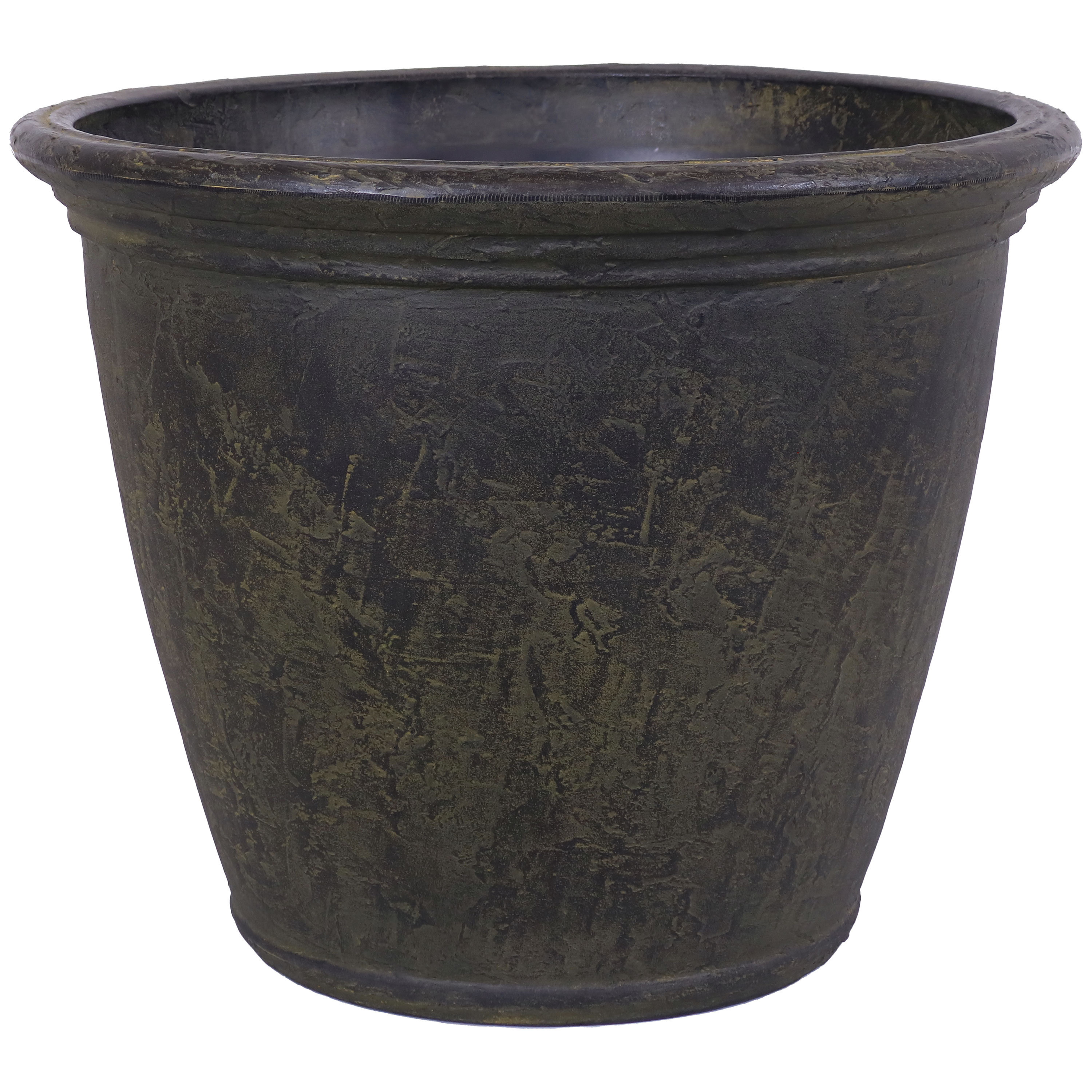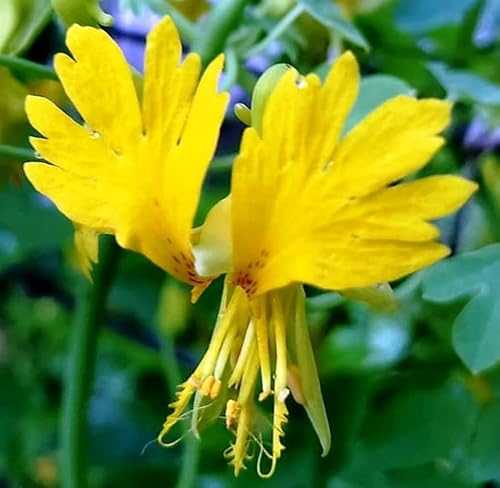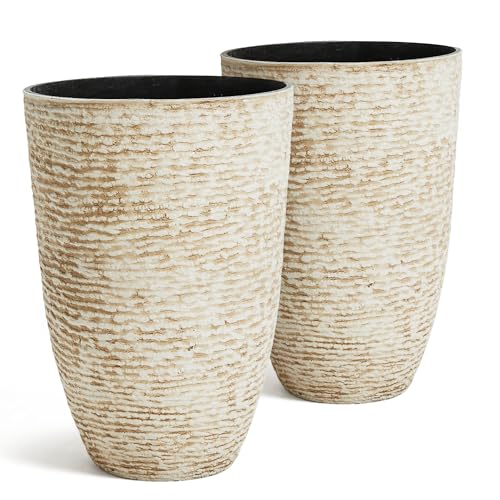How to grow the Canary creeper – for a yellow-flowering climber that will prove irresistible to migrating hummingbirds
Growing the Canary creeper is an easy way to fill your outside space with zingy yellow blooms
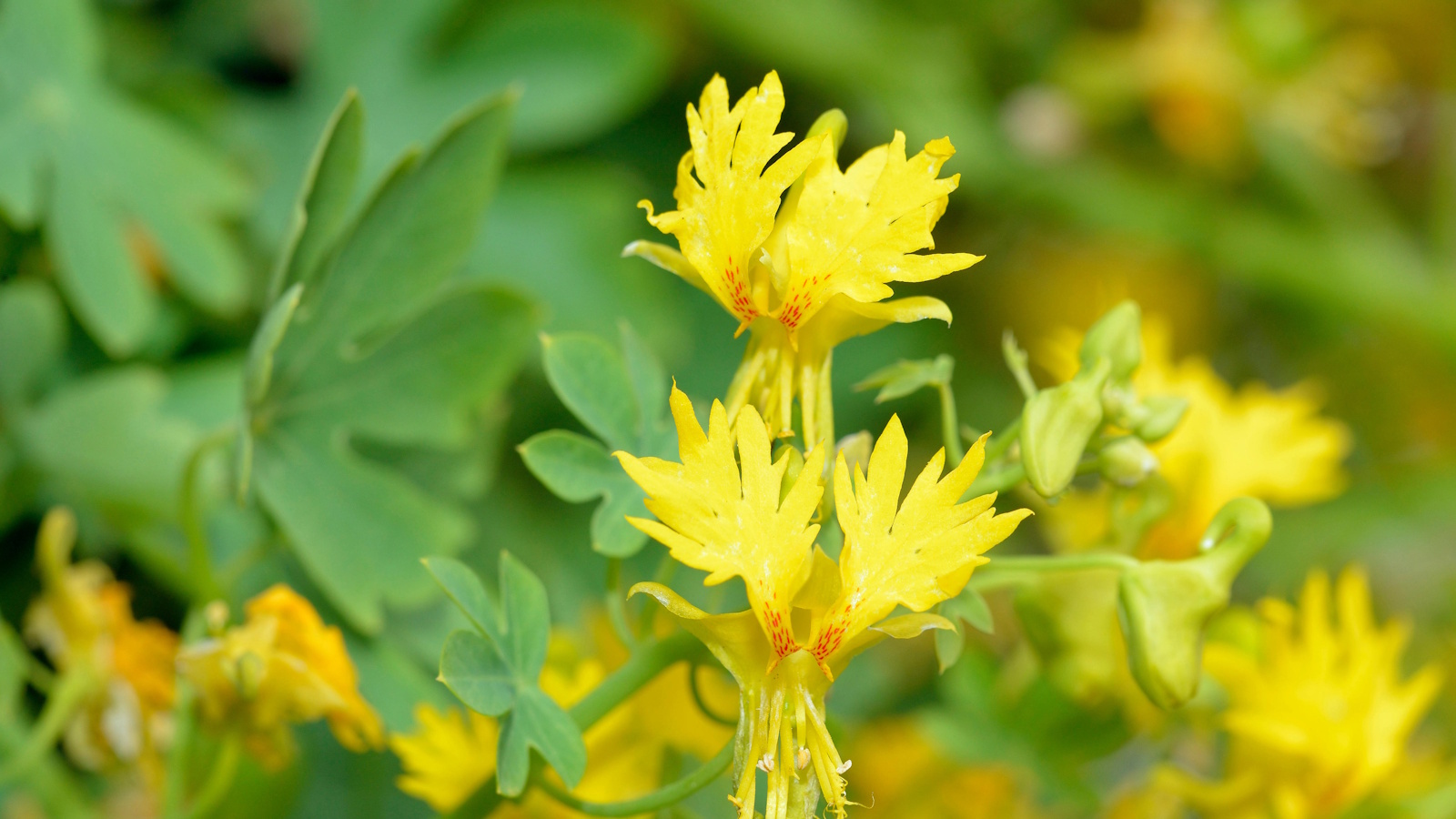

Yellow flowers are often treated a little unfairly in the garden. Just look at a stand of golden dahlias catching the evening sun, or a drift of lemon cosmos buzzing with pollinators, and I think anyone would be hard-pressed to dislike the color. Over the years, I’ve changed my mind on yellow, and these days I find myself reaching for it more and more.
The canary creeper, or Tropaeolum peregrinum, is the ultimate example of this. With flamboyant and frilly blooms, I know that this vibrant vine will inject joy wherever it is planted. Even the most staunch anti-yellow gardener would have to admit, this climber is impressive.
Not only does it look good, but small but mighty bees, butterflies and hummingbirds can’t seem to resist the sweet nectar, too. So, if you are looking for fast-growing climbing plants to add to your plot this year, learning how to grow the Canary creeper is a good idea.
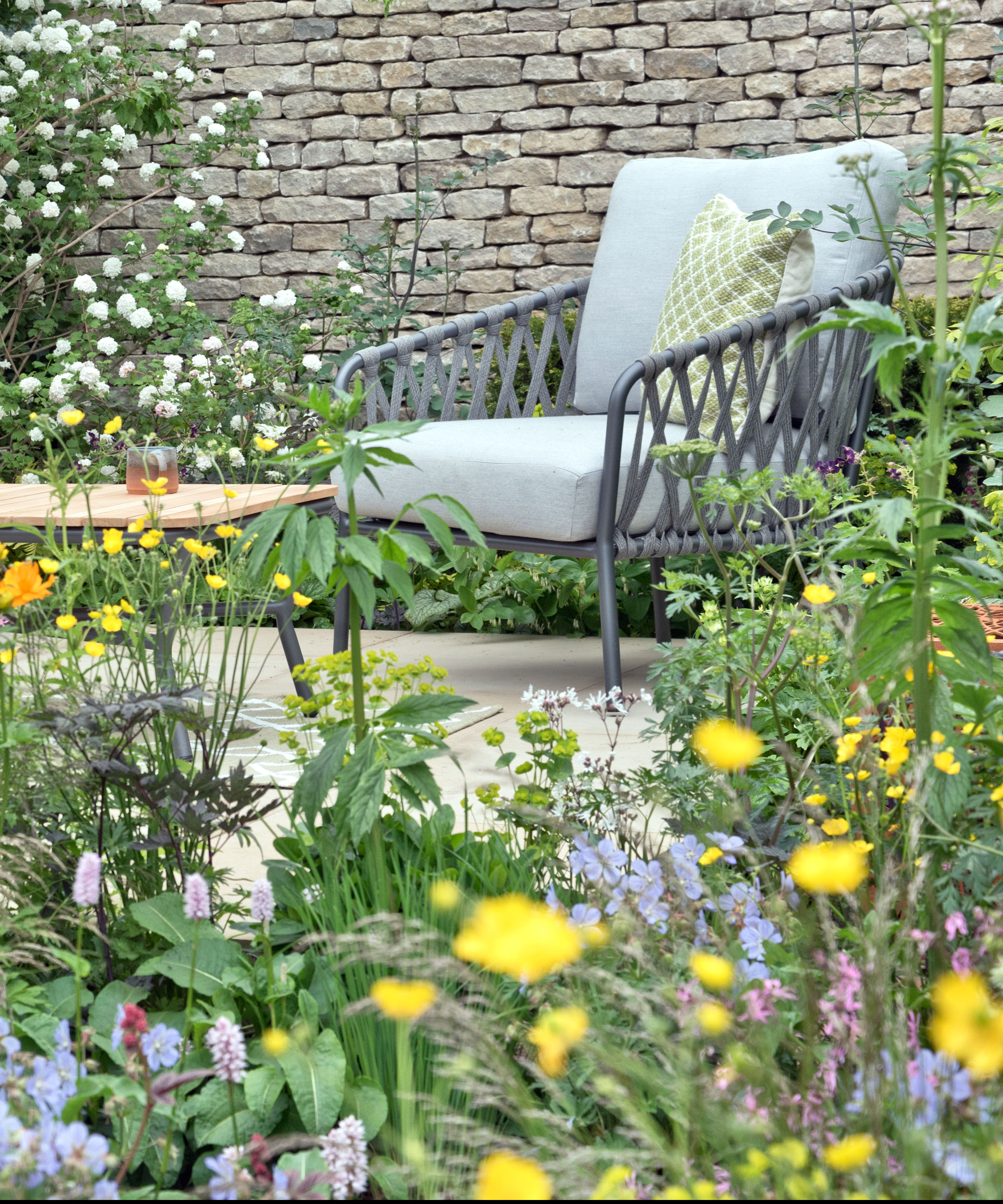
How to grow the Canary creeper
Not only does Tropaeolum peregrinum have yellow flowers the same shade as a canary’s feathers, but the blooms themselves have a frilled, wing-like quality. It’s a fast-growing flowering annual that looks part bird, part bloom – what more could you ask for?
Growing habits of the Canary creeper
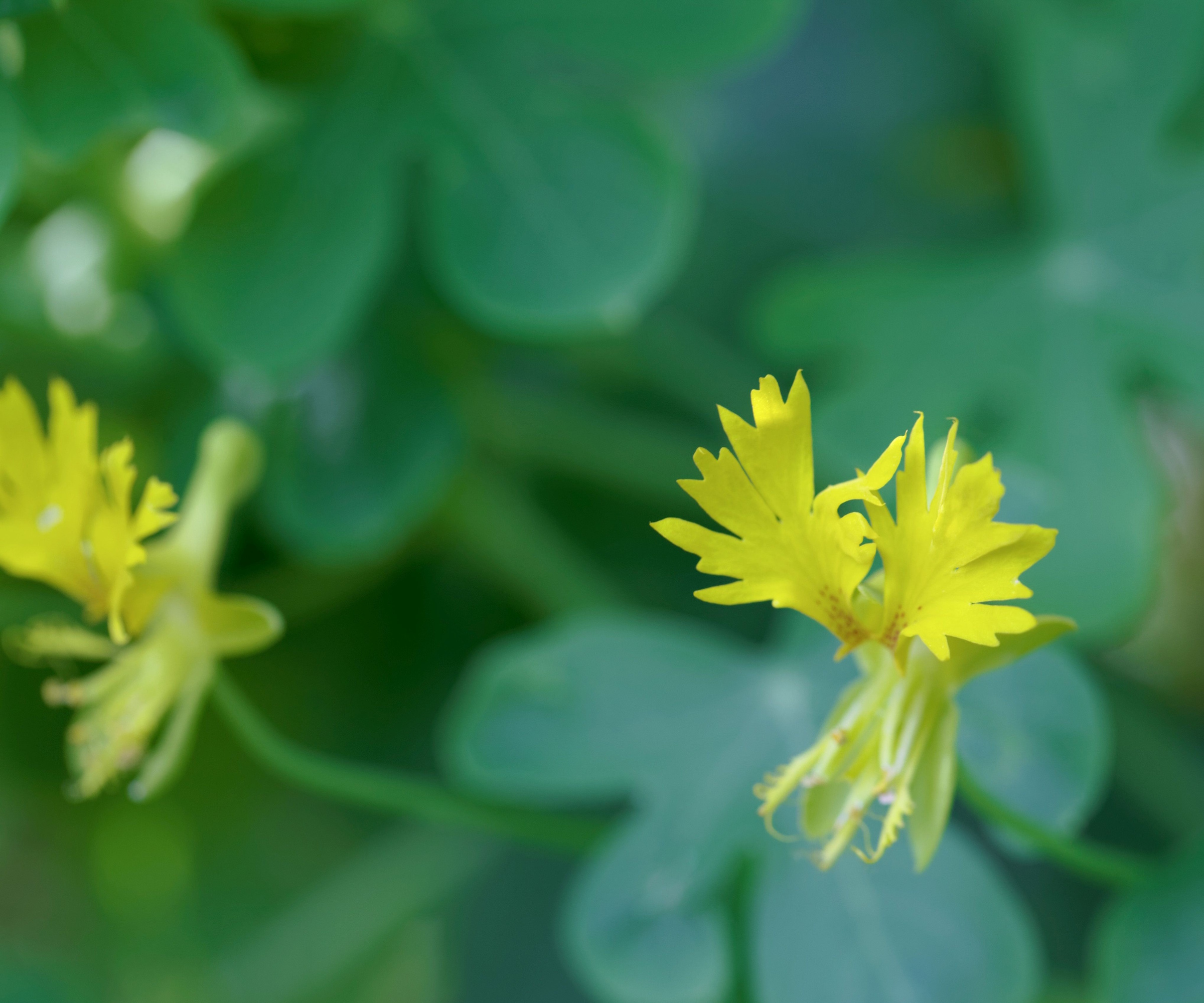
'One of the best climbers to grow in pots, this fast-growing, vining annual is perfect for patios and container displays,' says Reese Robbins, garden expert and creator of Just Pure Gardening.
'The Canary creeper loves full sun,' Reese adds, 'thriving in rich, well-draining soil and appreciates consistent moisture, but not soggy conditions.
'Here in the US, this underrated climber is best grown as an annual in zones 9 and below, as it's not frost-hardy, but can be treated as a perennial in zones 10 plus.
'I would recommend starting your seeds indoors four to six weeks before your last frost date or direct sow once the soil warms.
Design expertise in your inbox – from inspiring decorating ideas and beautiful celebrity homes to practical gardening advice and shopping round-ups.
'One trick to improve germination is to soak seeds overnight in some lukewarm water,' Reese adds. 'Then, all you need to do is watch it grow – although a trellis will help to direct the vines and blooms.'
Canary creeper seeds are available now via Amazon.

Reese L. Robbins is the founder of Just Pure Gardening, a site full of fruit and vegetable growing guides, garden ideas, and garden product reviews.
Care guide for the Canary creeper
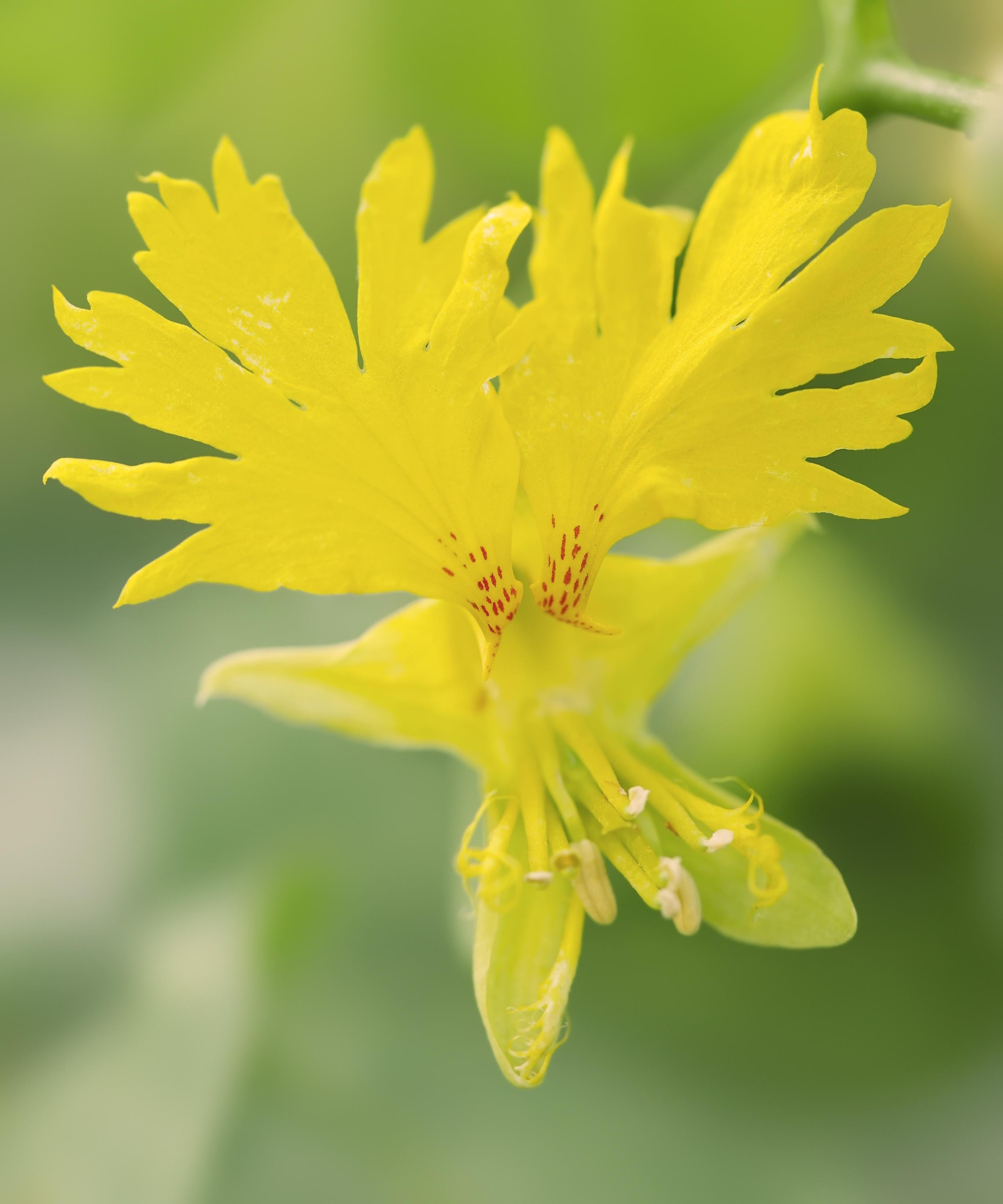
Soil: Canary creepers can grow in most soils, just make sure that the ground is well-draining and not waterlogged. So long as the drainage is adequate, they can even be grown in poor soils. In pots, use a good quality, fresh compost, combined with a little mulch for the best results. Try something this organic mulch from Back to the Roots, available now via Walmart.
Light: When you plant your Canary creeper outside, it is best to choose a spot with full to partial sun. However, in warmer, sheltered sites, a position with morning sun and afternoon shade will do just fine. Remember that planting in too dark a location can limit growth and inhibit flower production.
Watering: 'As native plants to Peru and Ecuador, these vines can tolerate heat just fine, but for the best results, you want to water these flowering climbers when the top inch of soil is dry, keeping them consistently moist but never waterlogged.'
Fertilizing: 'To maximize blooms, avoid high-nitrogen fertilizers,' Reese says. 'Use a balanced organic feed monthly or a fertilizer high in potash to encourage flower production.' Try something like this bloom booster fertilizer by Dr. Earth, available via Walmart.
Pruning: 'Deadheading isn't really necessary,' Reese adds, 'but it can help to tidy the appearance of your plant. The occasional trim can also help to control size and shape. At the end of the season, you can cut down to the base and lift the roots, adding the green waste to your compost heap.'
Toxicity: It is not considered toxic but may irritate the skin when pruning and handling, so wearing gloves is always recommended.
FAQs
Can I grow the Canary creeper in a hanging basket?
Yes, you can. Canary creepers have a lovely trailing and cascading habit, making them perfect plants for hanging baskets. Just be sure to keep your containers well-watered and fed through the summer months, as they can dry out very quickly.
During the growing season, the Canary creeper will prove popular with native birds, too, so be sure to keep an eye on your vine, especially during the hummingbird migration.
For more plant inspiration, see our guide to some of the easiest climbers to grow in your yard, and fill vertical surfaces with greenery and blooms this year.
Shop garden accessories

Thomas is a Content Editor within the Gardens Team at Homes and Gardens. He has worked as a professional gardener for both public spaces and private estates, specializing in productive gardening, growing food and flowers. Trained in Horticulture at the Garden Museum, he has written on gardening and garden history for various publications, including The English Garden, Gardens Illustrated, Hortus, The London Gardener and Bloom. He has co-authored a Lonely Planet travel book, The Tree Atlas, due out in 2024.
You must confirm your public display name before commenting
Please logout and then login again, you will then be prompted to enter your display name.
